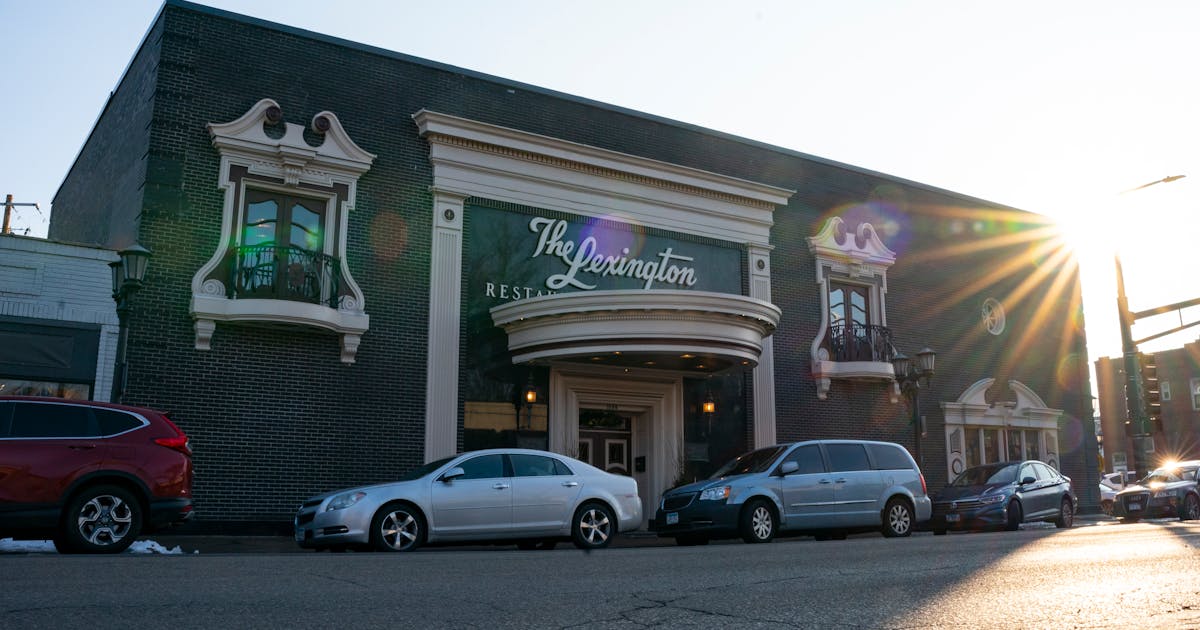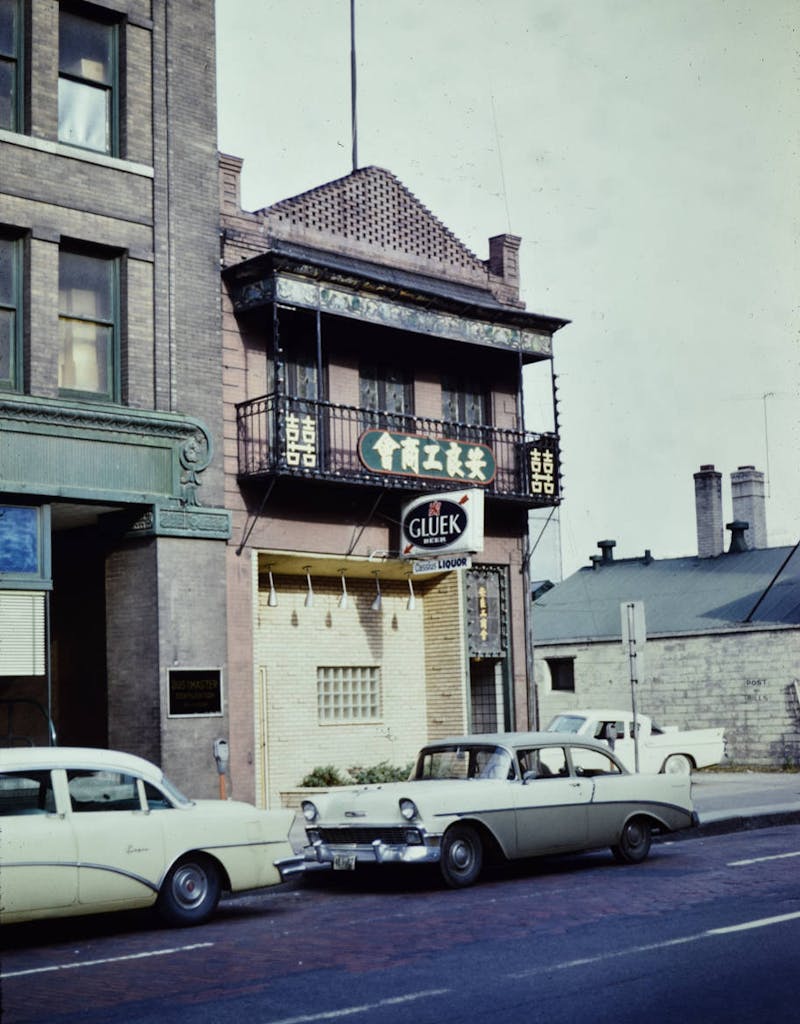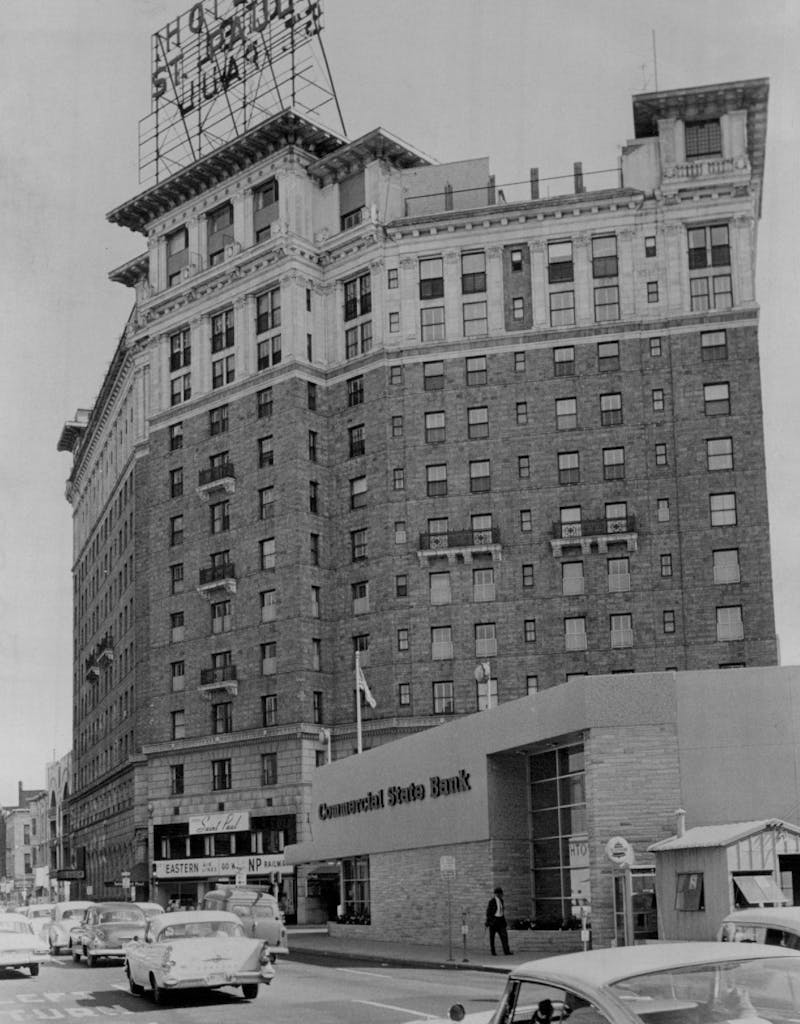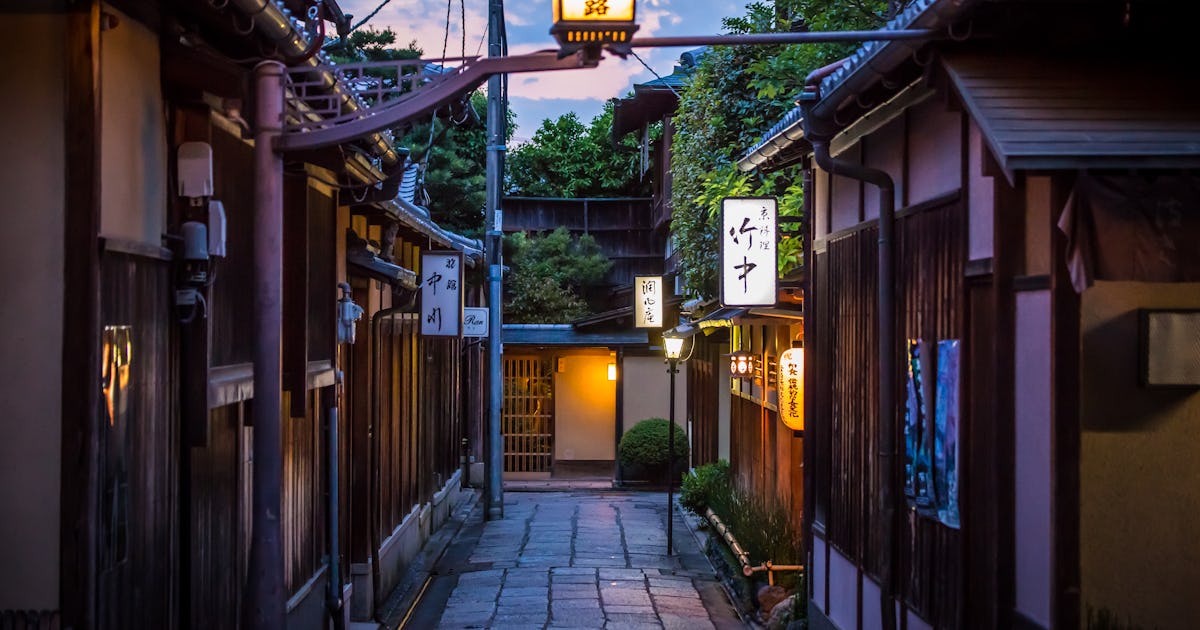The Green Book guided Black travelers safely through segregated America

The Winn Tee Pee Cottage Motel in Winona is long gone. So is the Cassius Restaurant in downtown Minneapolis, whose flamboyant owner was the first Black man to secure a liquor license in the segregated city. Bill “Bojangles” Robinson and the Harlem Globetrotters once bunked at St. Paul’s Wilson Villa, now a modest home that forlornly overlooks Interstate 94.
All were listed in the Minnesota chapters of the Green Book, a slim volume marking places of refuge and safety across the country for Black travelers in the pre-Civil Rights era.
First published in 1936 by Victor Green, a New York City mailman, the “Negro Motorist Green Book” directed African-American motorists to restaurants, hotels, beauty salons, gas stations, barber shops, boarding houses and private homes that welcomed them. Decades later in 2018, the Green Book was memorialized in a movie bearing the same name.
Some Minnesotans may be surprised that Green Book sites actually existed here and not just in the Deep South and more populous states and cities in the North. A dedicated cadre of mapping experts and other researchers in the Twin Cities who share a love of history have documented most of the sites across the state.
Their work comes as Virginia lawmakers begin to memorialize Green Book sites throughout the commonwealth. The effort is championed by Jeion Ward, a Democrat in the Virginia General Assembly, who hopes the idea will catch on in other states.
“The Green Book is like the traveler’s bible if you were Black,” Ward said. “You had to have it. It could have been your life if you ended up somewhere you weren’t supposed to be and not just in the South.”
About 80 locations in Minnesota were listed in the Green Book over 30 years, many in predominantly African-American neighborhoods. Some, including Rondo in St. Paul and parts of north Minneapolis, were razed to make way for Interstates 94 and 35W in the 1950s.
Twenty-one of Minnesota’s Green Book sites still are standing, but most of the others now are parking lots, housing complexes, apartment and office buildings.
Only two Minnesota businesses continue to operate under the same name and in the same location where they were listed in the Green Book: the St. Paul Hotel, listed as the Hotel St. Paul, and the Lexington Restaurant, also in the capital city.
Craig Ritacco, general manager of the Lexington, said he’d never heard of the Green Book, but was pleased to learn the signature St. Paul restaurant was on the list. “That’s great,” he said “I learn something new every day about the restaurant.”
Documenting long-ago and presumably forgotten sites may seem like folly to some, but researchers say it is critical for younger generations to understand the layers of systemic racism that existed well north of the Mason-Dixon line.
Green Book sites “were places of strength and resistance in our communities. They should be remembered,” said Shana Crosson, a University of Minnesota data scientist, historian and self-professed “map geek.”
Frank White, a Rondo elder and historian, remembers. As more middle-class Black people purchased automobiles in mid-century America, they were ready to take road trips. “You felt you could go somewhere and see something just like everyone else when, in reality, that wasn’t the case because you wouldn’t be welcome,” he said.
A road trip by car meant families had to plan carefully, bringing extra food and fuel to make sure they could reach their destination. White recalls his grandmother packing a giant basket of fried chicken and ham sandwiches before departing St. Paul to visit relatives in Kansas. He realized later she knew exactly where they could safely picnic and fuel up.
“You had to have a strategic plan,” he said. “You could run into things that were devastating, in addition to not being served.”
Ward, the Virginia lawmaker who is 70, remembers, too. “Growing up, we didn’t realize people could go into restaurants and eat, because we never did,” she said. “The only place to go to the bathroom was in the woods.”
About two years ago, St. Paul historian Erin Que discovered a professional acquaintance was researching Green Book sites for a website through the University of Virginia, her alma mater. Que volunteered to take on the Minnesota locations.
The research involved combing through aerial maps, land records, city guides, newspaper clippings, ads and other historical materials. “My task was to figure out whether it was demolished, still there or something else,” she said.
Que then visited many of them and took photos of what was left. She says it’s still a work in progress — four Green Book sites in Motley, a tiny town west of Brainerd, remain a mystery.
About a quarter of the sites are still standing, but are largely used for purposes different from those featured in the Green Book.
For example, the Boulevard Hotel, a 1950s-era motor court-style lodging at 56th and Lyndale Avenue S. in Minneapolis, was listed in the 1961 Green Book. It changed into the Metro Inn, became a temporary homeless shelter for Hennepin County, and was recently transformed into affordable apartments.
Rondo native Nieeta Presley researched a piece for the Ramsey County History magazine in 2022 detailing the vibrant life of Rondo’s nine Green Book sites. They included G&G Barbeque, which advertised “Barbeque — Beer — Regular Meals,” and Jim’s Place, a popular tavern for locals and out-of-town guests that was known for its “congenial atmosphere and very good beer.”
“A lot of these stories aren’t told or written down or archived,” said Presley, retired executive director of the Aurora St. Anthony Neighborhood Development Corp.
Other Green Book sites were in Rochester, Winona, St. Cloud and Duluth, as well as small towns in central Minnesota close to lake resorts.
“It was disappointing once I realized three-quarters of the sites were demolished,” Que said. “I was hoping that there would be more, just to have that physical presence and opportunity to interpret that history and bring it to the daylight. Who owned these places? Were they owned by African Americans or by allies? I thought it might spark some interest or start a conversation.”
Across town, at the University of Minnesota, Crosson and Melinda Kernik, spatial technology experts at the Borchert Map Library, also mapped Green Book sites for use in middle and high school classrooms.
They found between 76 and 80 sites. “It’s not as straightforward as one would think because places closed, changed hands, dropped away,” Crosson said.
“For students, this is really powerful when making maps of a place that show racism in our community,” she added. “It shows what happened here. It was very empowering to them.”
The Green Book was updated annually until the final 1966-1967 edition was printed.
Last fall, the first Green Book marker was unveiled at the Bay Shore Hotel on Virginia’s coast. This resonated with Ward, who spent time as a child on what was then a segregated Bayshore Beach. “Same water, same sand, but we could not be together,” she said.
Although there were more than 300 Green Book sites in Virginia, the program is being rolled out in deliberate fashion. So far, three Green Book placards have been placed at existing highway markers, and more are in the works.
The highway historical marker program in Minnesota was suspended in the early aughts, according to Allison Ortiz, spokesperson for the Minnesota Historical Society (MNHS). There are currently 206 such markers across the state, but that doesn’t include thousands of others placed by counties, cities and regions.
MNHS is conducting an inventory of its markers to determine their physical condition and interpretive message, Ortiz said.
Minnesota’s own Green Book researchers say there’s a broader story to be told. “So much architectural history has focused on European Americans,” Que said. “When people think of a historic site, they often think of large, grand buildings like the Capitol and mansions on Summit Avenue.
“We have so many more layers to our history.”
link







:max_bytes(150000):strip_icc()/sur-mer-cote-dazur-french-riviera-BOATSYACHTS0322-de3f01cb4a39401faf76dc5e31cea587.jpg)